Description

|
Types :
|
Longwell Super Silent Inline Duct Fans Plastic AC Ball Bearing Factory Price Restaurant Equipment Gas Stove 120V/60HZ 4” 6″ 8″
|
|
Voltage Ranges :
|
230V
|
|
Frequency :
|
50/60 Hz
|
|
Diamter :
|
100-200mm ( impeller diameters )
|
|
Motor Types :
|
BLEC External Rotor Motor
|
|
Speed Control :
|
0-10V Signal / PWM / RS485(Optional)
|
|
Max.ambient Temp:
|
-25℃~ +60℃
|
|
Certificating :
|
All necessary certifications suitable for USA & Europe , ETL,UL ,CE ,RoHS, ISO19001,ISO 14001,BSCI
|
|
Protection Level:
|
IP44 ,IP54,IP55
|
|
Electronic Protection:
|
Current limiting protection ,Over-temperature protection,Over-current protection,Locked-rotor protection,Soft start
|
|
Working & Storage
|
Operating temperature:-25~60℃;Operating humidity:0 ~ 85 % RH
Storing temperature:-25 ~ 70℃;Storing humidity:0 ~ 95 % RH Applicable altitude range:<1000m |
|
Balancing
|
According to JB/T 9101-1999 requirements G6.3
|
|
Product Standards :
|
LVD EN60950-1 EMC EN61000-6-3,EN61000-4-2, EN61000-4-3
|
|
Mainly Applications
|
AUH/ AIR PURIFIER / Server Cooling & Ventilation / Grow Tent /Ventilation SYSTEM/ Equipments Cooling /Refrigerator ,etc;ventilation fan cooling;ventilation exhaust fans
|
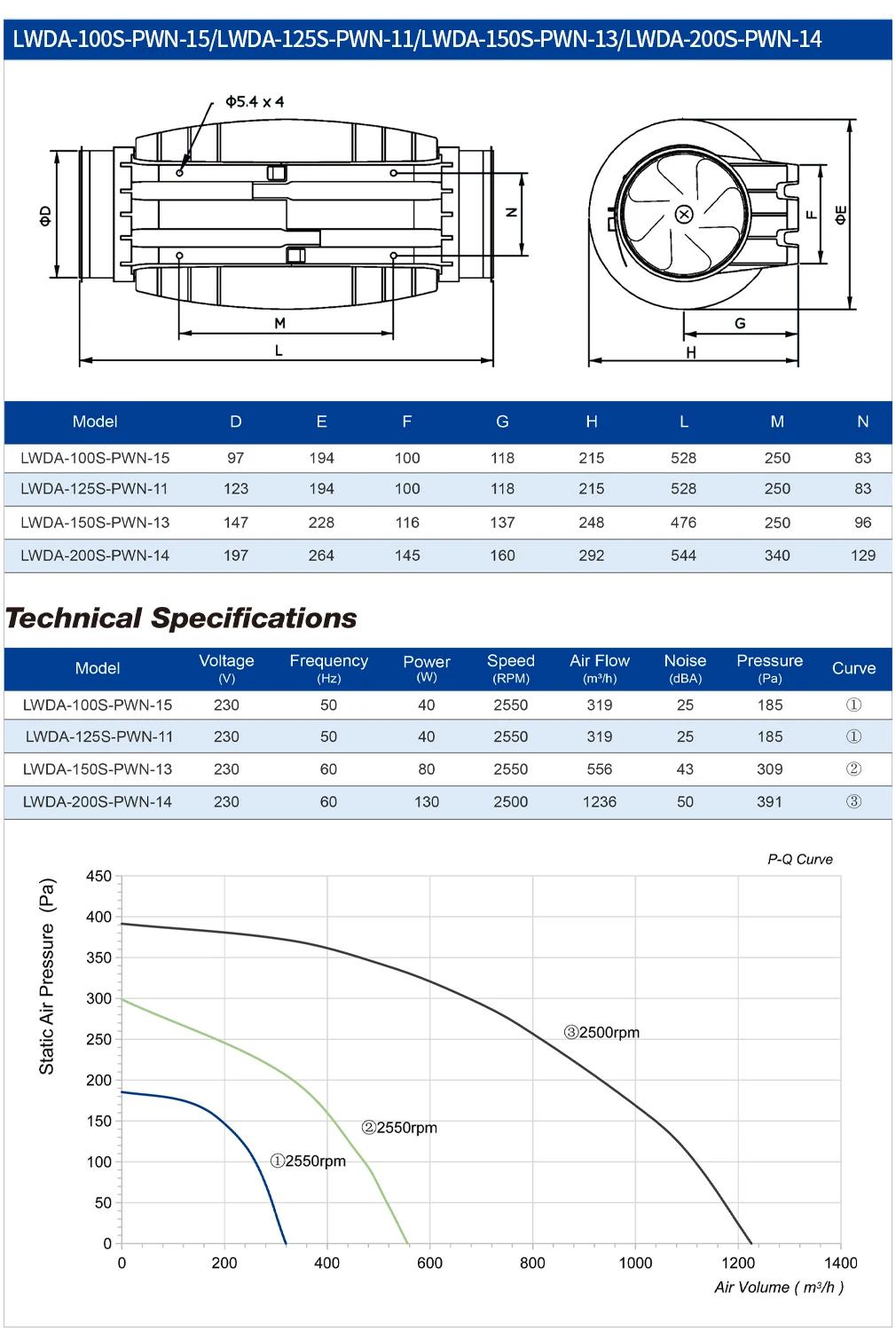

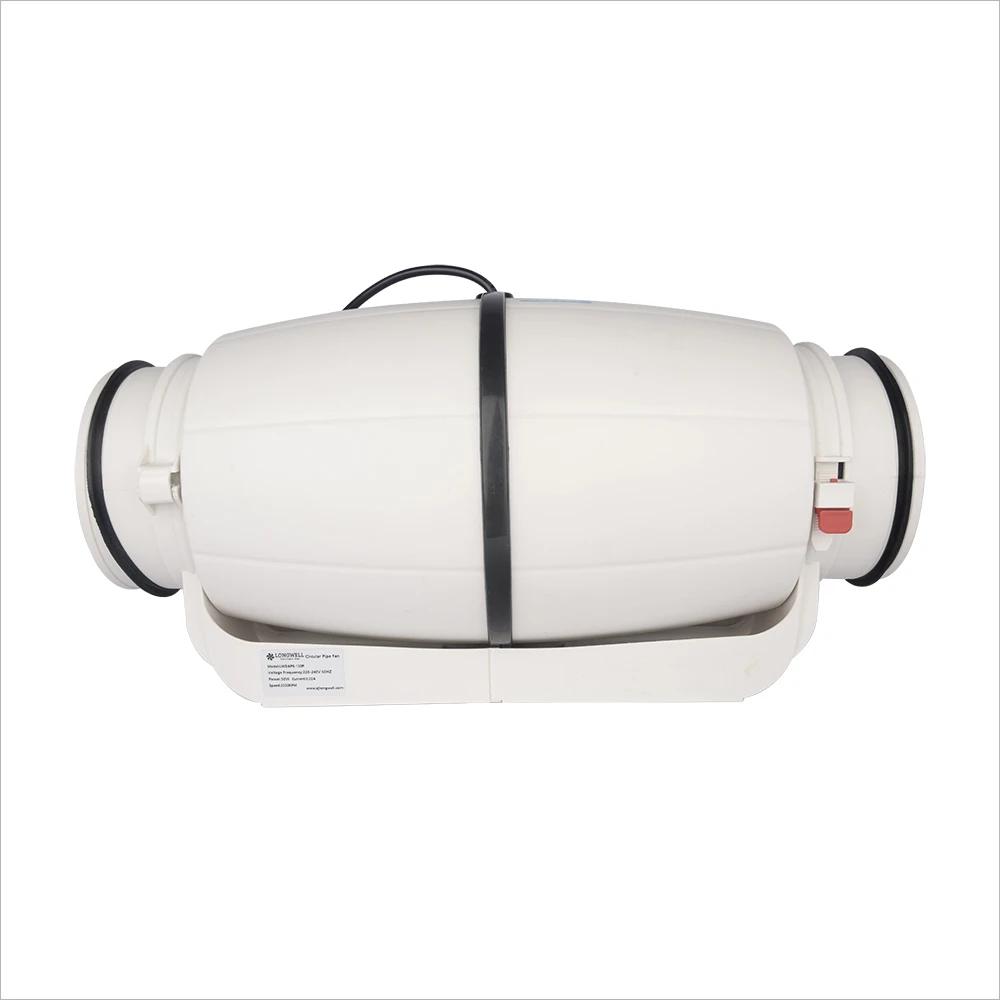
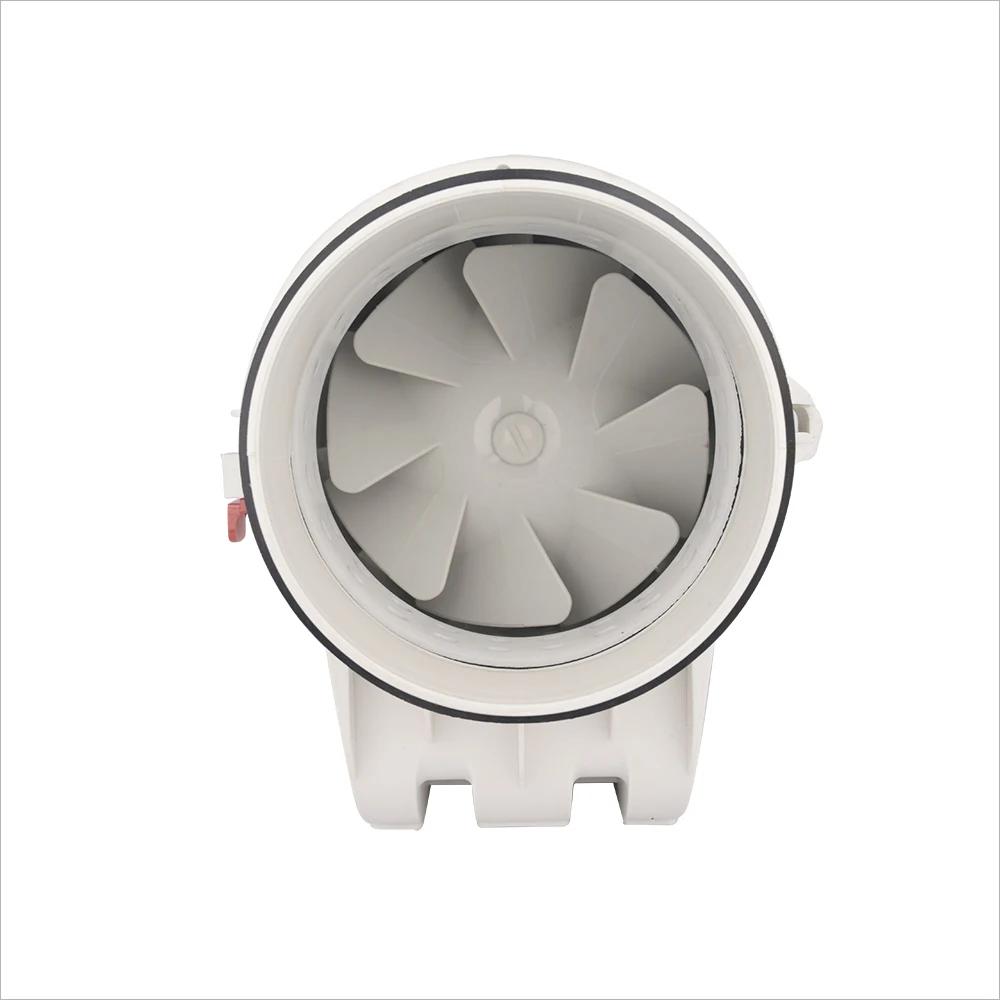
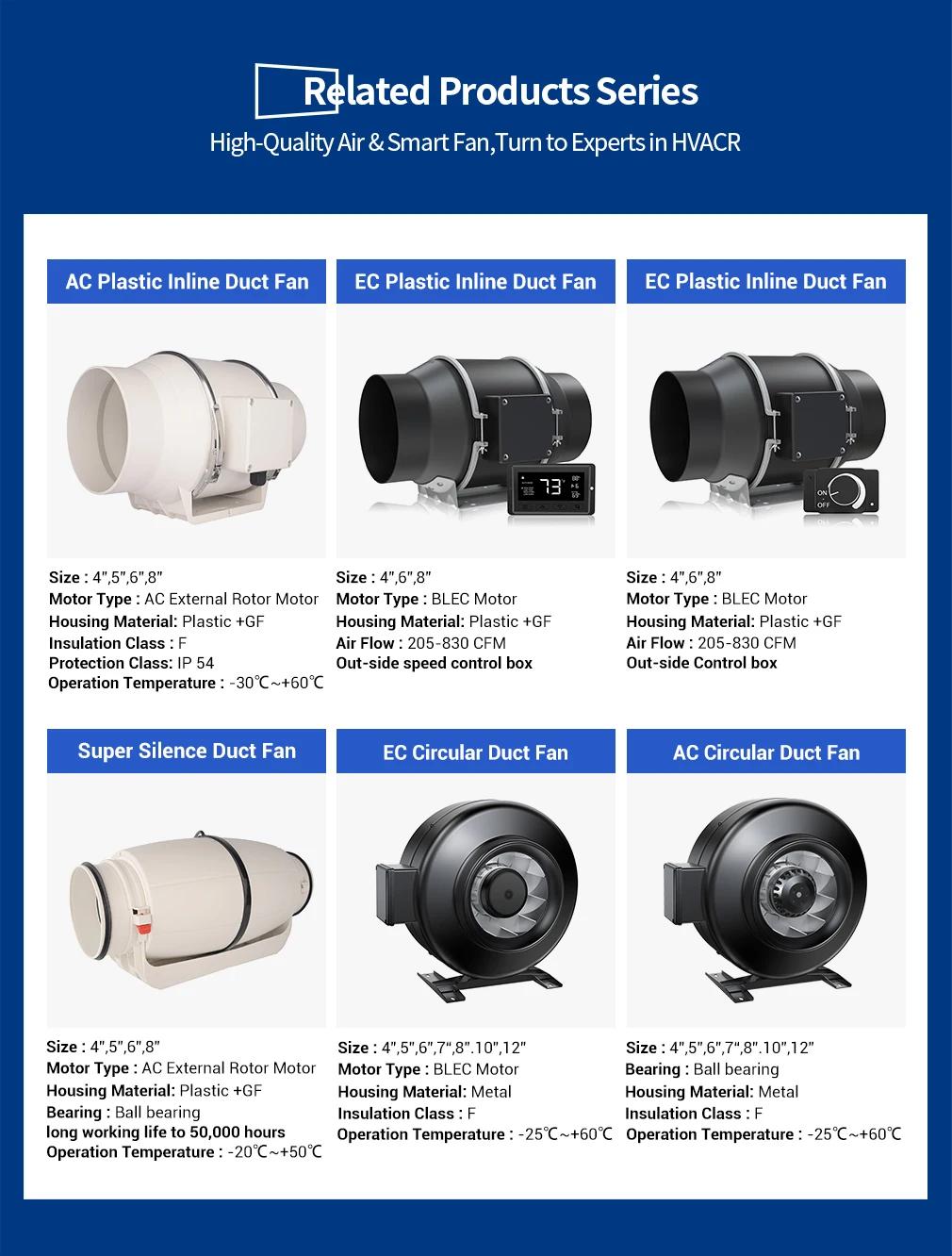
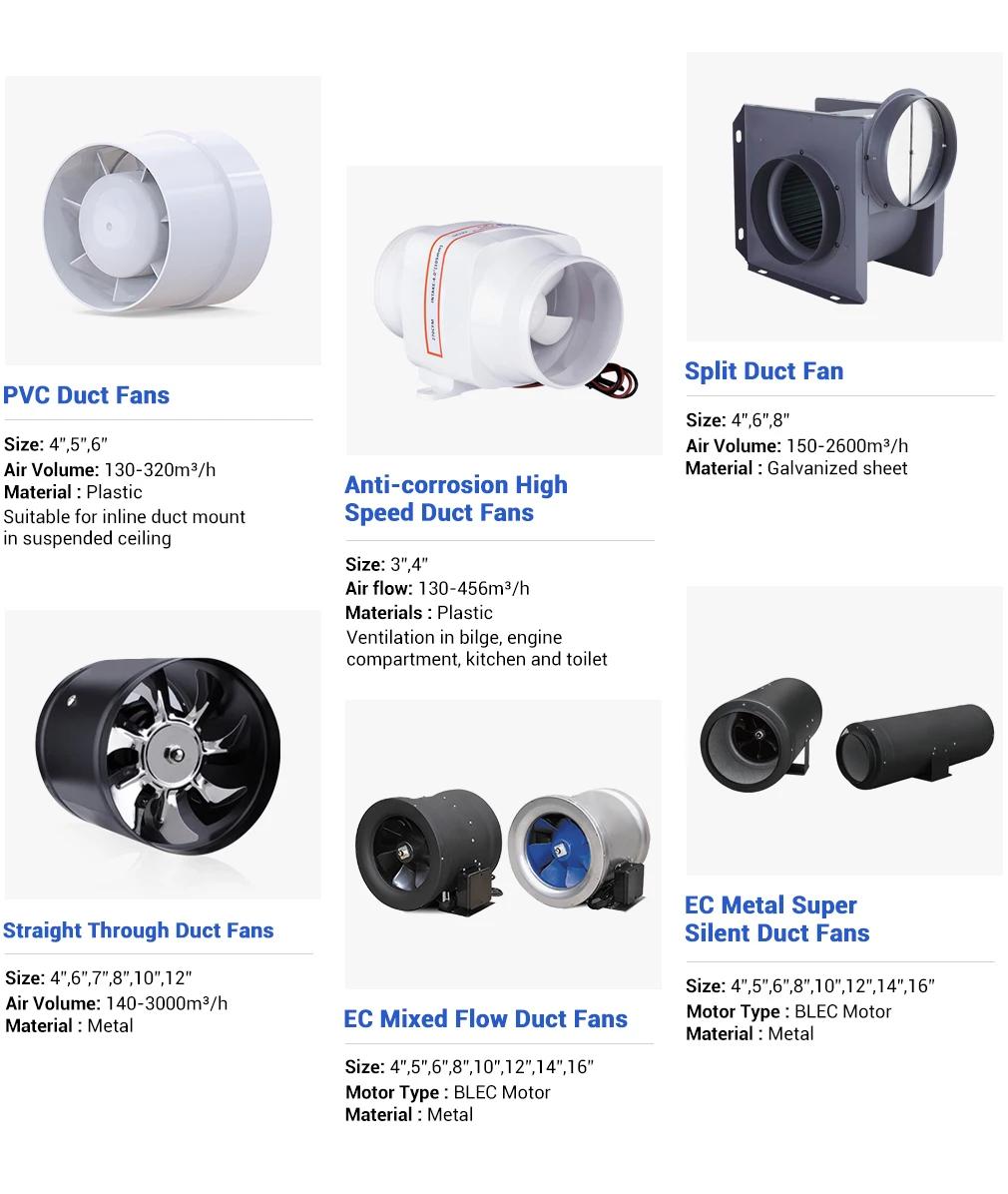
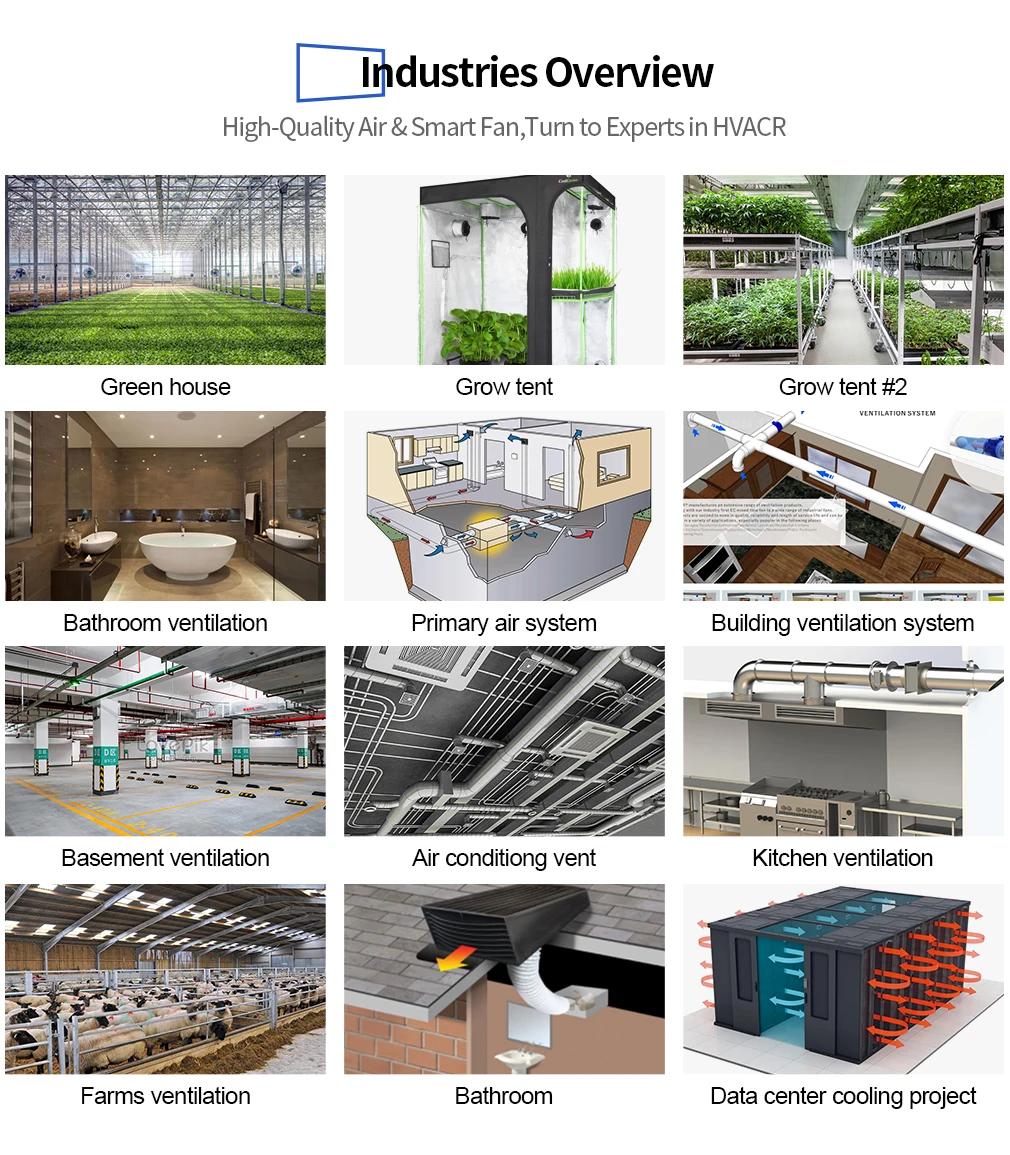

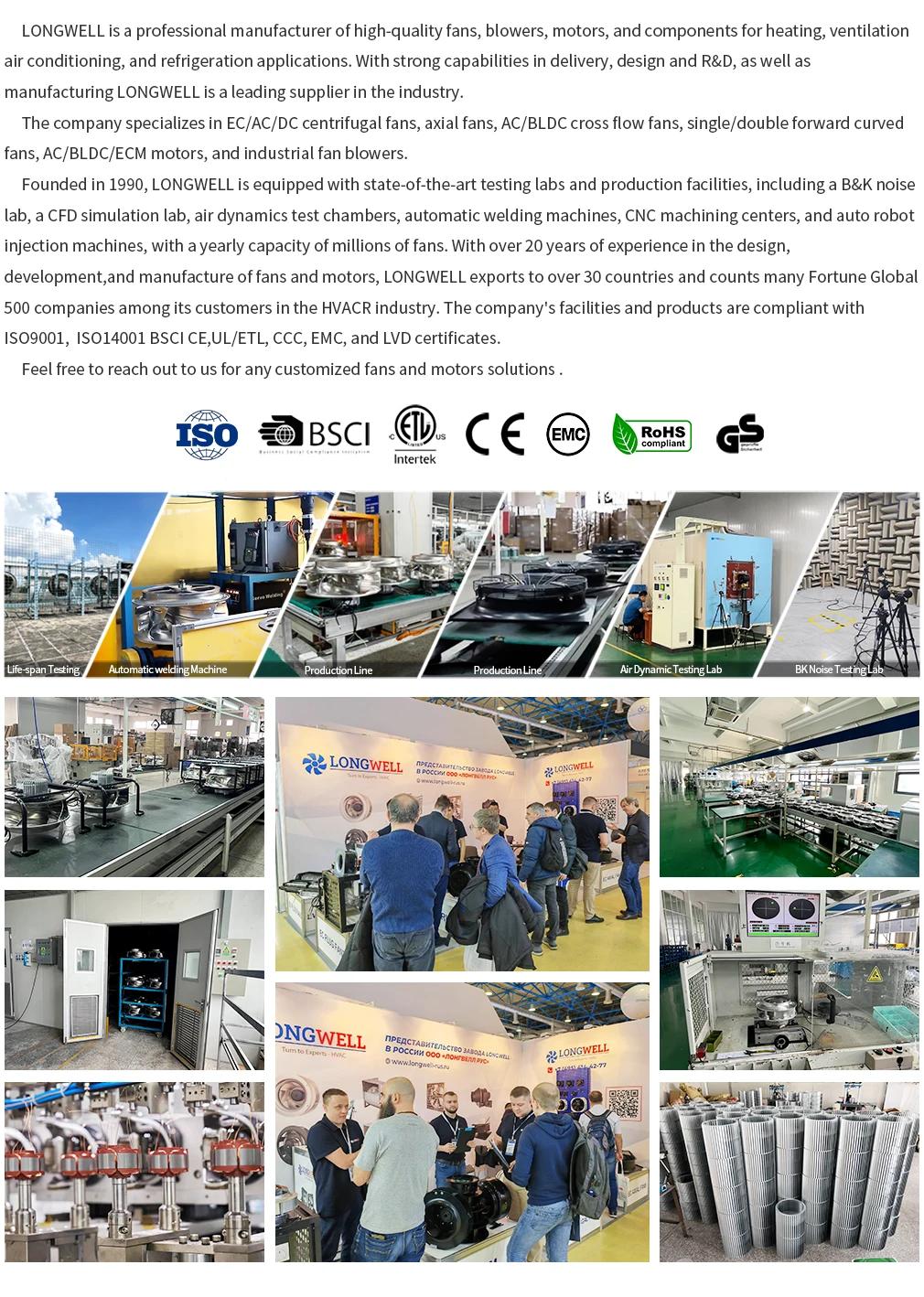




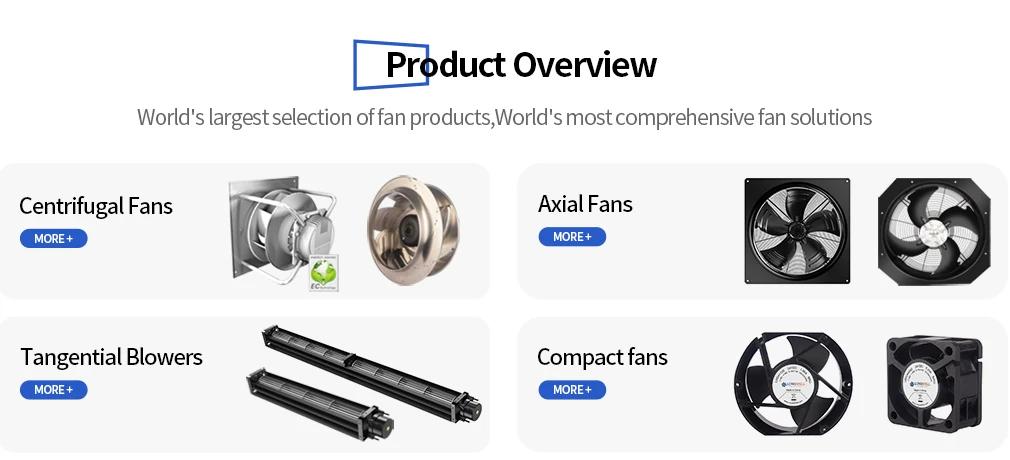
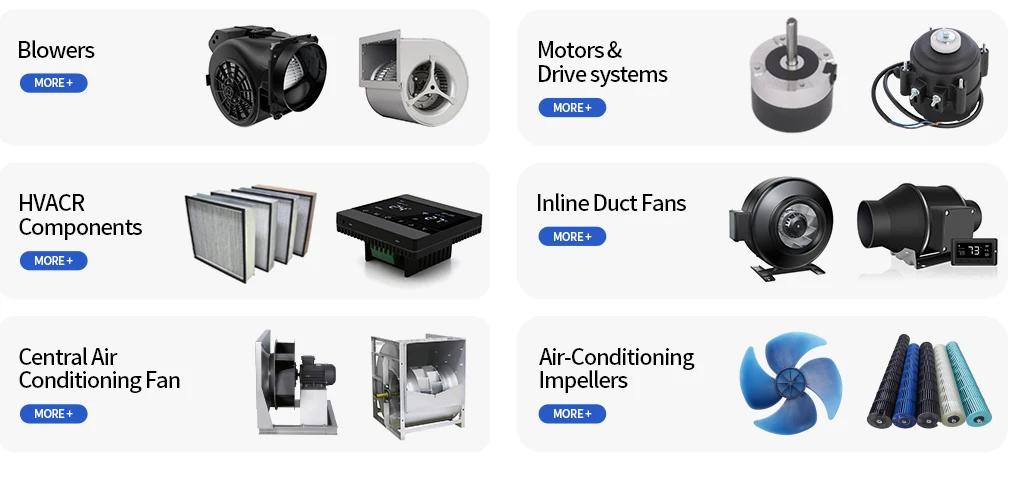
FAQ
* A duct fan is a type of ventilation system used to move air through ductwork in residential, commercial, and industrial settings.
2. How do I select the appropriate duct fan for my needs?
* To select the right duct fan, consider factors such as airflow requirements, duct size, static pressure, and noise level.
3. Can duct fans be used for both supply and exhaust applications?
* Yes, duct fans can be used for both supply (introducing fresh air) and exhaust (removing stale air) applications.
4. What are the common types of duct fan materials?
* Common materials for duct fans include plastic, metal, and composite, each with its own advantages in terms of durability,cost, and noise reduction.
5. How do I install a duct fan in my system?
* Duct fans should be securely mounted in the duct system, ensuring proper airflow direction and that all connections are airtight to prevent leaks.
6. Are there any safety precautions I should take when using a duct fan?
* Always follow the manufacturer’s guidelines for installation and operation. Ensure the fan is grounded and avoid running it without proper ductwork in place.
7. How can I tell if my duct fan needs maintenance or replacement?
* Signs that a duct fan may need maintenance or replacement include reduced airflow, unusual noise, or visible wear and tear on the fan blades or housing.
8. What is the average lifespan of a duct fan?
* The lifespan of a duct fan can vary depending on usage, maintenance, and quality, but it typically ranges from 5 to 15 years.
9. Can I control the speed of a duct fan?
* Yes, some duct fans come with variable speed controls, allowing you to adjust the airflow to match your ventilation needs.
10. Are there energy-efficient duct fan options available?
* Energy-efficient duct fans are available, often featuring EC (electronically commutated) motors that consume less power and provide better performance.
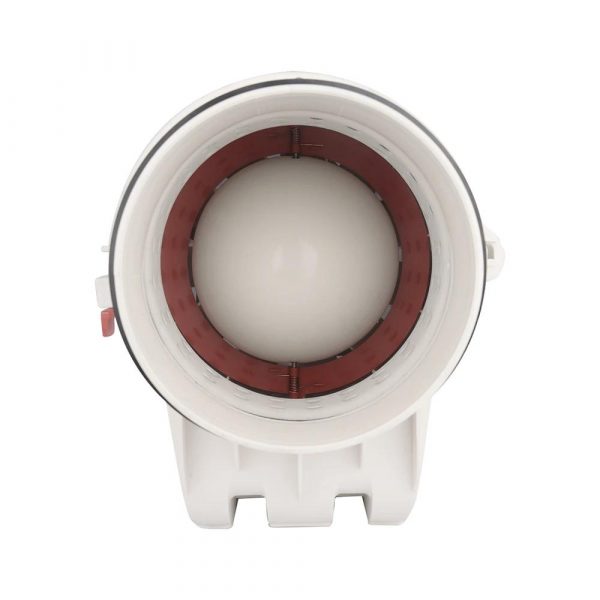
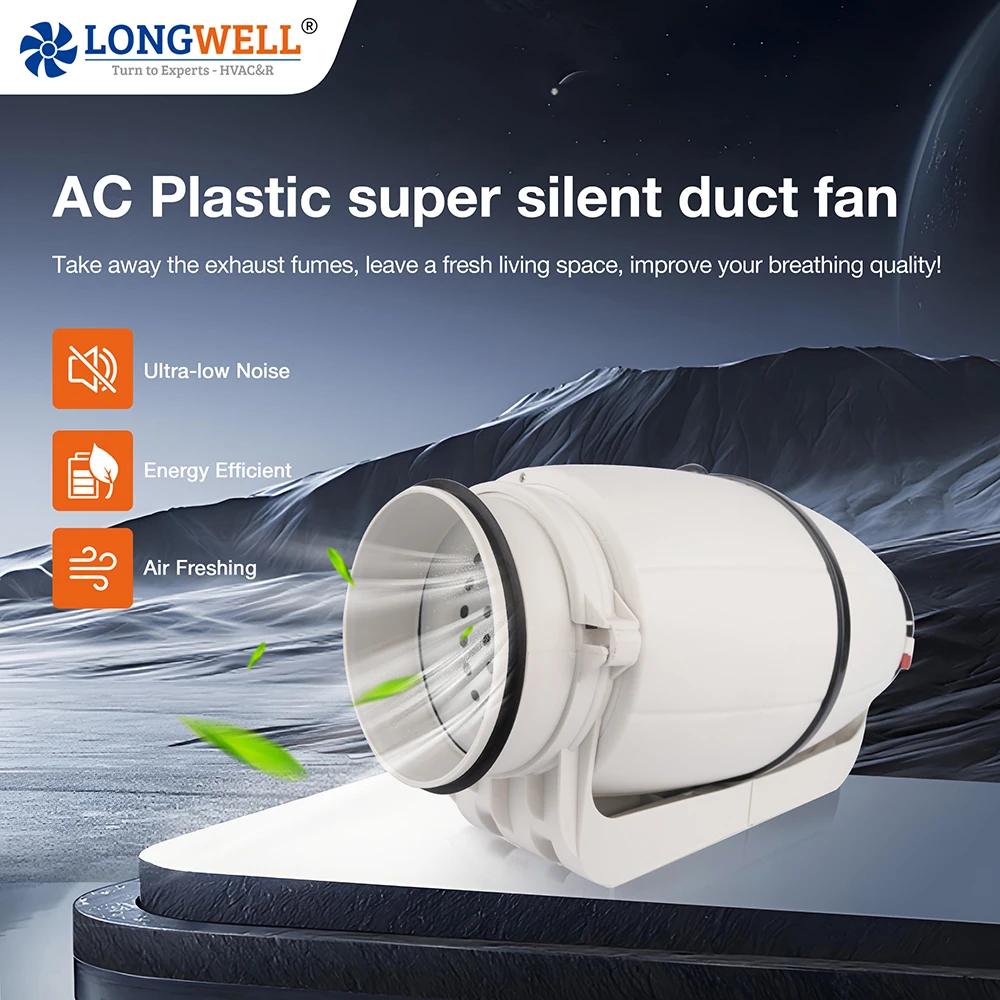

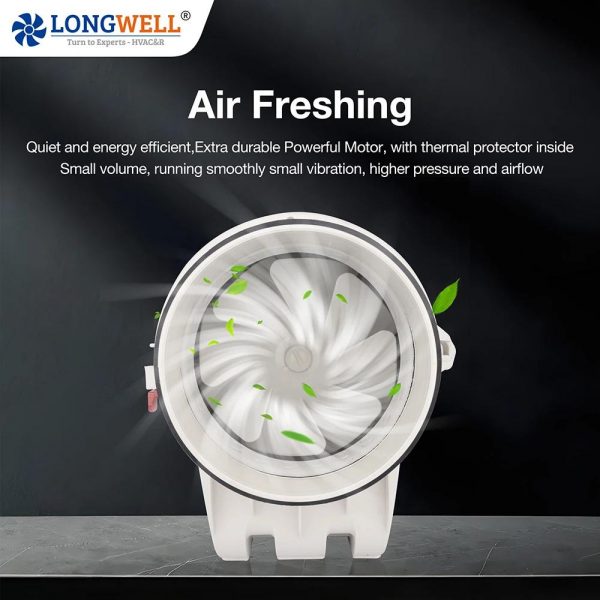

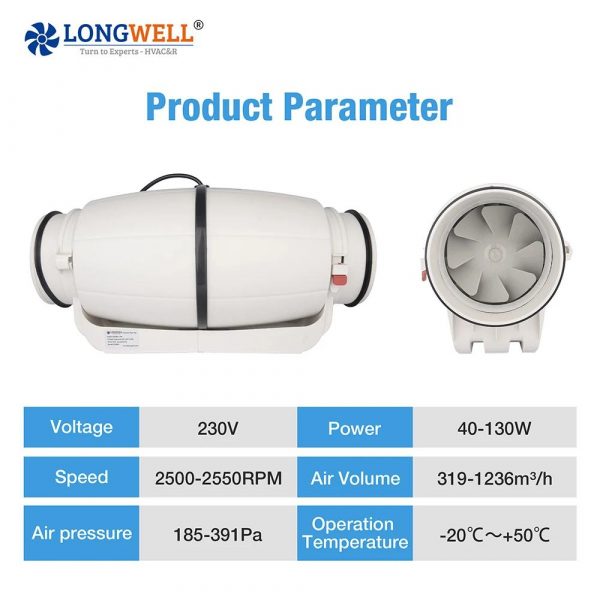
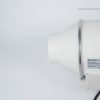




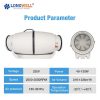
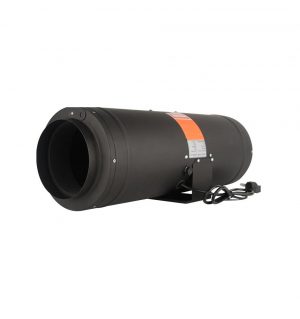
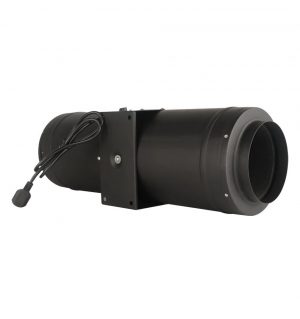
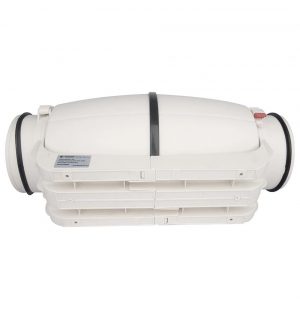
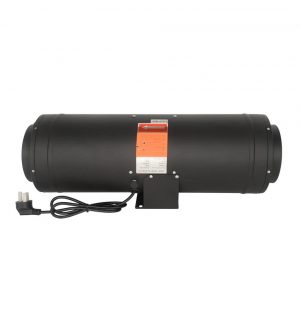
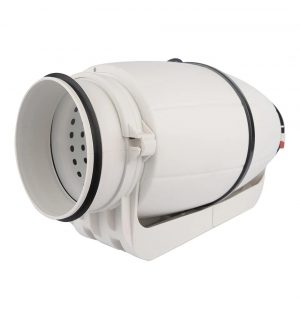

Reviews
There are no reviews yet.